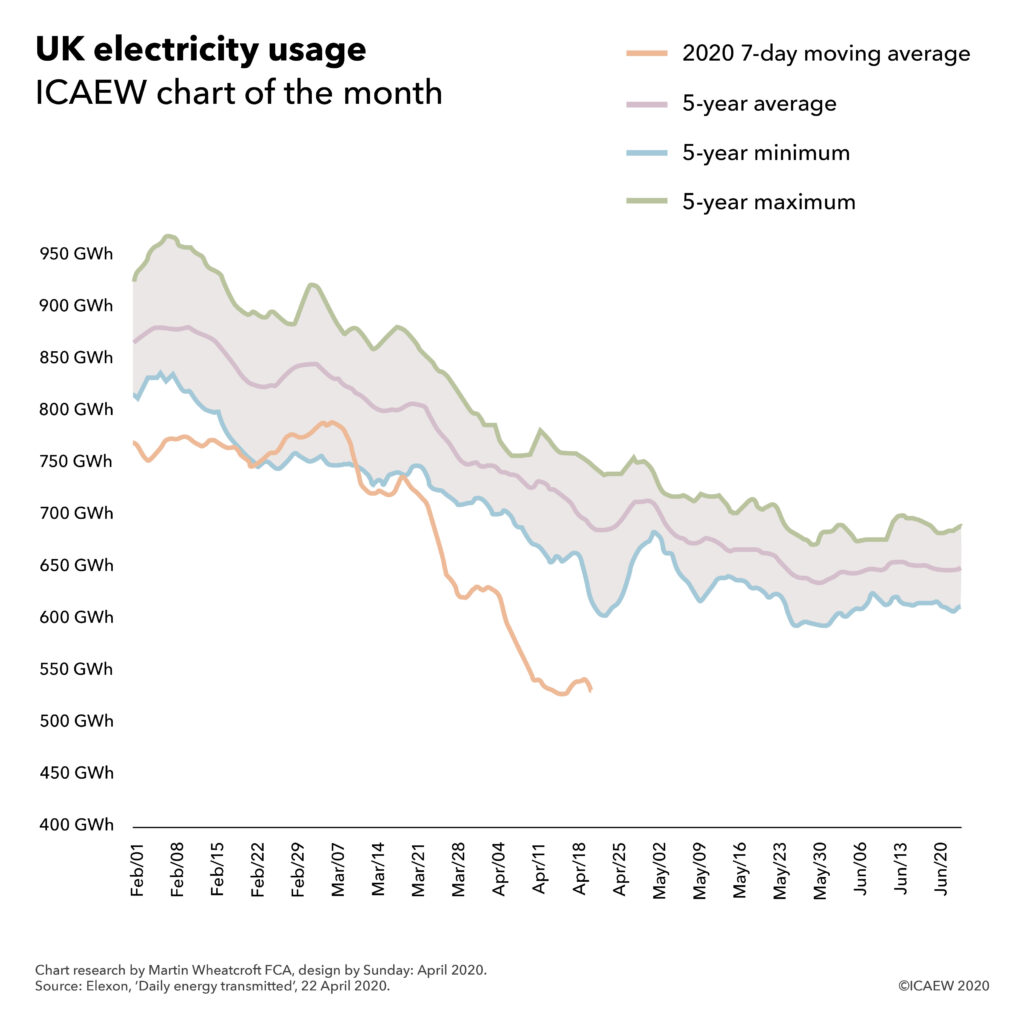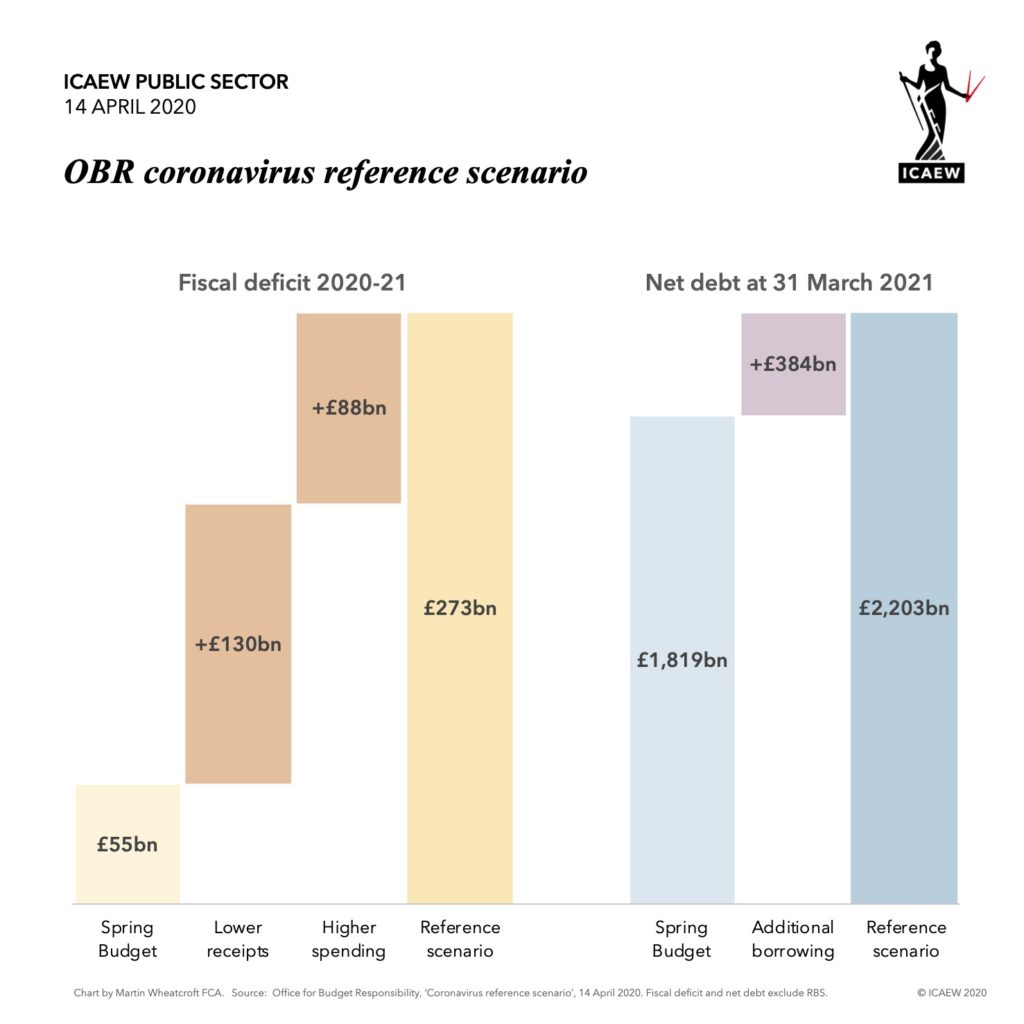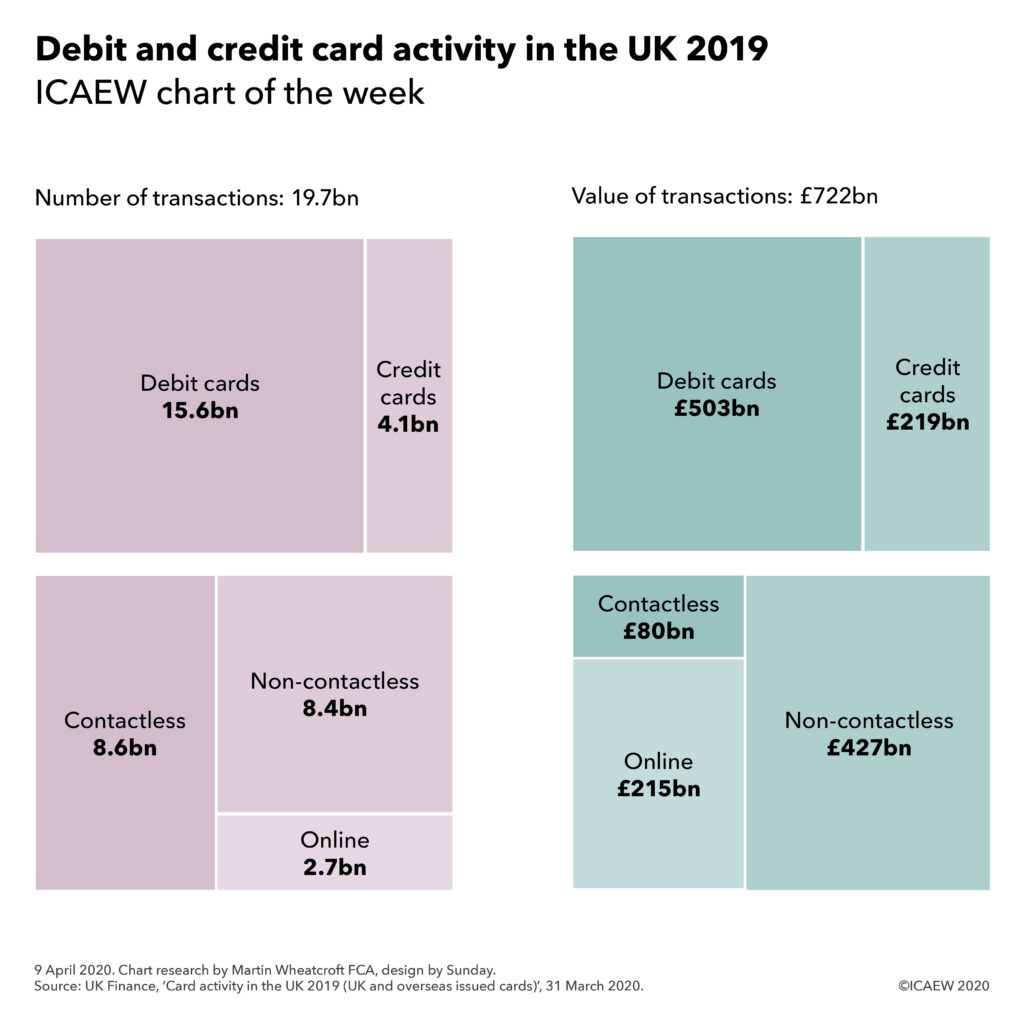27 April 2020: the Public Accounts Committee has launched a formal inquiry into the risks from English local authority investments in commercial property, and how these are monitored by the Ministry for Housing, Communities and Local Government.
The inquiry will investigate concerns about gaps in commercial skills and whether risks are being properly monitored, as well as the potential for big losses following the coronavirus.
The National Audit Office (NAO) reported in February that English local authorities had invested £6.6bn in commercial property over the three years to 31 March 2019, an increase of 1,340% compared with the previous three years.
With many of these investments funded by borrowing, the PAC is concerned about what the coronavirus pandemic might be doing to local authority finances, especially on the £2.5bn invested by councils outside of their local areas.
The Public Accounts Committee (PAC) plans to question officials from the Ministry for Housing, Communities and Local Government (MHCLG) on gaps in commercial skills in local government, and the extent to which MHCLG formally monitors commercial activity and long-term exposure to risk. The PAC will also ask officials about the Ministry’s response to COVID-19, and what impact the pandemic has had on local government finances.
Commenting on the launch of the investigation Alison Ring, Director, Public Sector at ICAEW, said: “The Public Accounts Committee is right to ask questions about the significant increase in balance sheet risk being taken on by a small but growing number of local authorities and how those risks are being managed both locally and by central government. The coronavirus pandemic will have resulted in significant losses in many local authority commercial property portfolios, adding to the pressure on their finances at a difficult time.
“The PAC also needs to consider the structural issues that have driven local authorities to establish debt-financed ‘mini sovereign wealth funds’ that predominantly invest in one particular asset class, rather than spreading risk across multiple types of investment.
“Central government also needs to consider how local authorities can be encouraged to invest in infrastructure and other productive assets that will support economic growth and benefit local taxpayers in the long-term, in addition to managing financial investment risks effectively. This will be particularly important if the economy is to recover fully after the end of the pandemic.”
The PAC has put out a call for evidence asking for submissions by Wednesday 6 May 2020.
For further insights during the coronavirus pandemic, please see the ICAEW designated COVID-19 hub.




